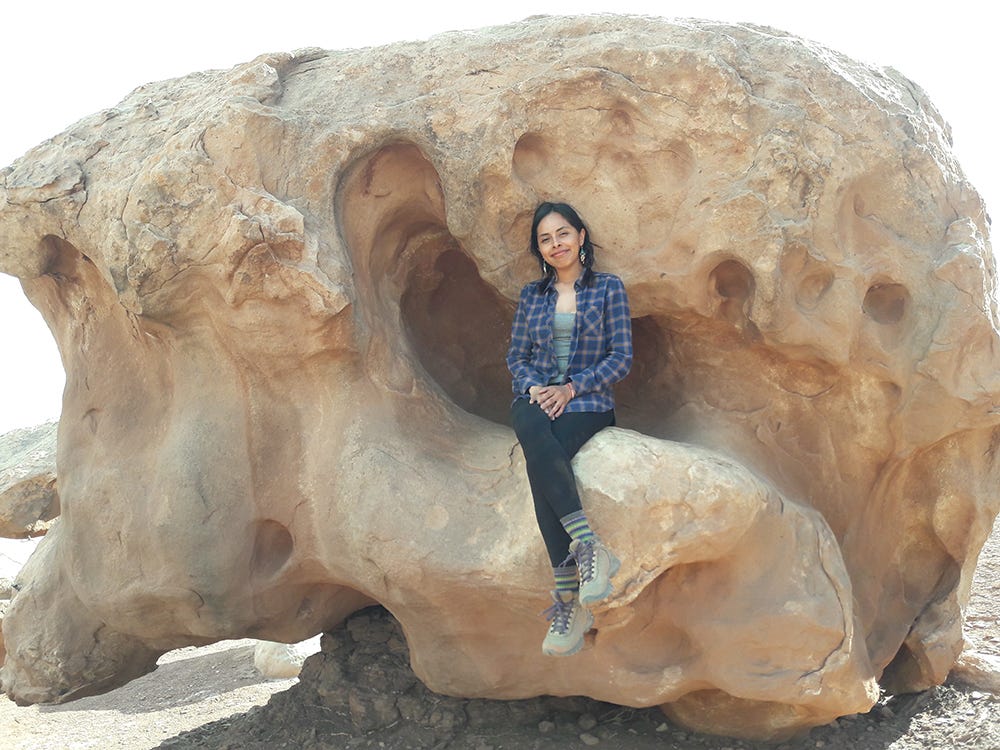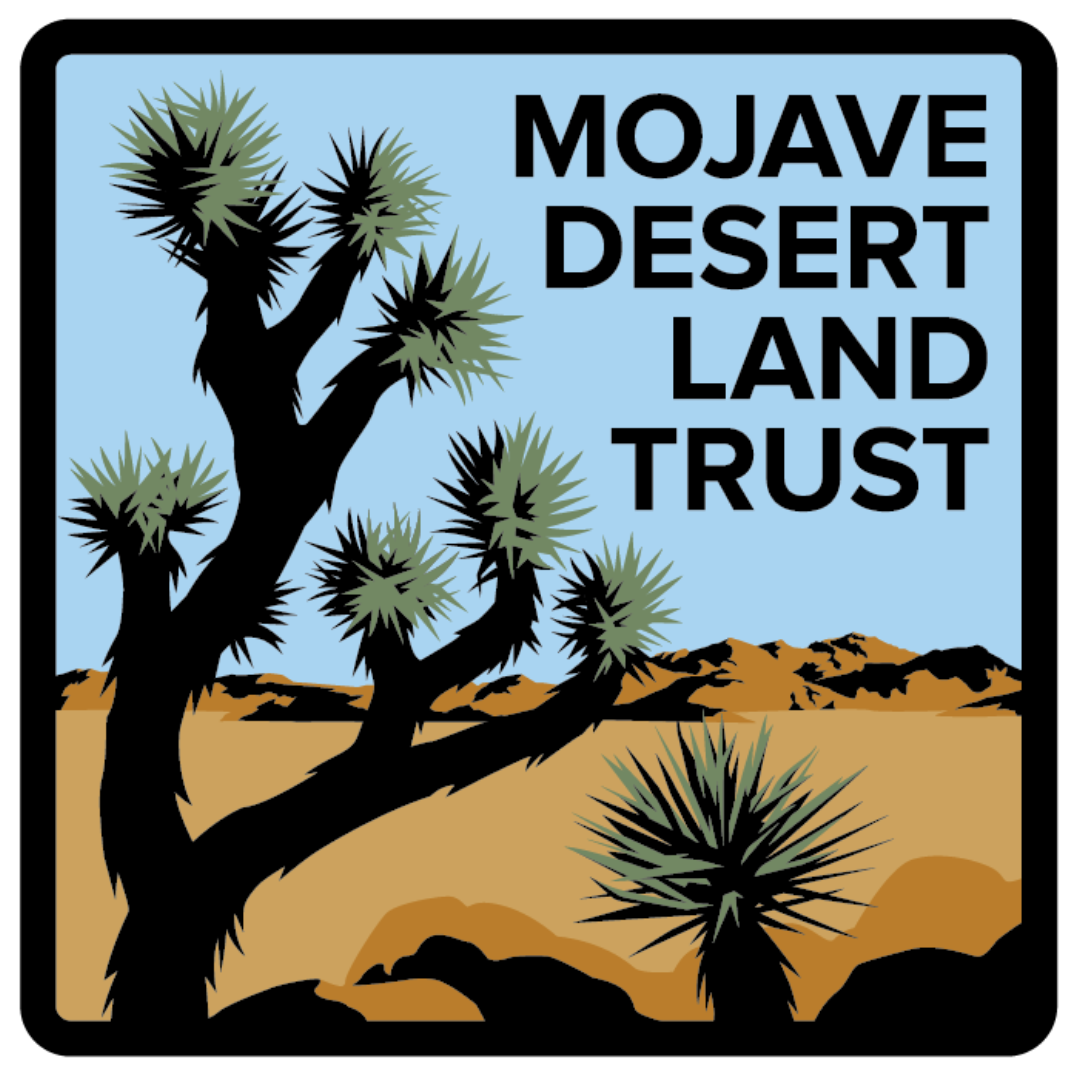The bighorn sheep is famously elusive. Interns hope to understand its movement
Every few weeks, Alejandra Lopez leaves her home in Long Beach, CA to drive 3.5 hours to join an all-female research team collecting scientific data on the bighorn sheep in the Mojave Desert.

By Alejandra Lopez, Intern for Women in Science Discovering Our Mojave
I first learned about the desert bighorn sheep in an Environmental Science class I took while working on my undergrad at California State University, Long Beach. Little did I know that one day I would be closely watching their movements way out in the Mojave Desert.
I joined the Women in Science Discovering Our Mojave internship in the hopes of gaining knowledge about species distribution, population size, behavior, and possible human impacts. I wanted to learn more about data analysis, report writing, and perhaps get an inside look at the complexities that might factor into projects involving recreational lands.
I had previous experience with biological monitoring before but not to this extent and definitely not out in the Mojave.

I have visited the Mojave many times throughout my lifetime and every time it amazes me. I have seen large and small lizards, quail, cactus wren, butterflies, bees, wildflowers, riparian grass and shrubs, and surface water! One can expect to see wildlife in greener environments; yet, the desert holds a variety of flora and fauna that thrive in this harsh environment.
The Bureau of Land Management’s game cameras in Afton Canyon have captured coyotes, rabbits, roadrunners, birds, a bobcat, and bighorn sheep! Things you don’t really expect to see in the desert. Now I see why the Mojave is known as an area rich in biodiversity.
On my first trip to Afton Canyon, I was amazed. I never expected to find so much beauty in the middle of the desert and learn from it. Although Afton Canyon is small compared to the Grand Canyon, standing in this National Monument can fill you with awe. It has beautiful iron-rich walls that seem to glisten when the sun hits them in a certain angle. I refer to them as hidden gems and look forward to driving past them on field days.

I am working alongside incredibly talented women with a strong passion for the environment.
We are in charge of the maintenance of game cameras that are collecting data on wildlife in and around Afton Canyon. We collect the data on field days and record it during office days. Sometimes nothing is captured and that is important too! However, it is those moments when I see images of bighorn sheep, alone or in a herd, roaming the area, which really make the long drives and warm weather worth it.

Field days for me can be as long as 15 hours or more depending on traffic. I have to be on the road by 4am and have a 324-mile round trip.
On a regular day we hike about 4.5 miles with temperatures as high as 108° F and as low as 49° F; I have experienced humid and windy weather. Which is why it is extremely important to check for the weather conditions beforehand and drink plenty of water to stay hydrated. This can be the hardest part of the internship but getting an early start is very helpful. Personally, I really enjoy the chilly mornings before the sun gets too hot!

It is truly exciting to see a variety of wildlife in nature going about their normal day. I have seen images of curious bighorn sheep getting closer to the camera to see what is there. I’m not sure what triggers their curiosity; I wonder if they can hear the cameras? It makes me appreciate the value and innocence of these creatures.
Through this internship I have experienced what it would be like to work in a government agency like the BLM. I have meet wonderful people along the way, both from BLM and Mojave Desert Land Trust. I have learned how to drive a four-wheel drive vehicle and the process of data collection.
As one of the very first interns in this program, I still have a lot to learn and accomplish before my internship ends. I feel lucky to be a part of an opportunity which encourages women who are pursuing, or thinking about, a career in science. It has been an amazing experience, and I would recommend it to anyone with a passion for the environment, wildlife, or conservation.
Women in Science Discovering Our Mojave is made possible through a grant from Southern California Edison. In this unique program, the Mojave Desert Land Trust, in conjunction with the Bureau of Land Management, aims to engage women in the field of science.
